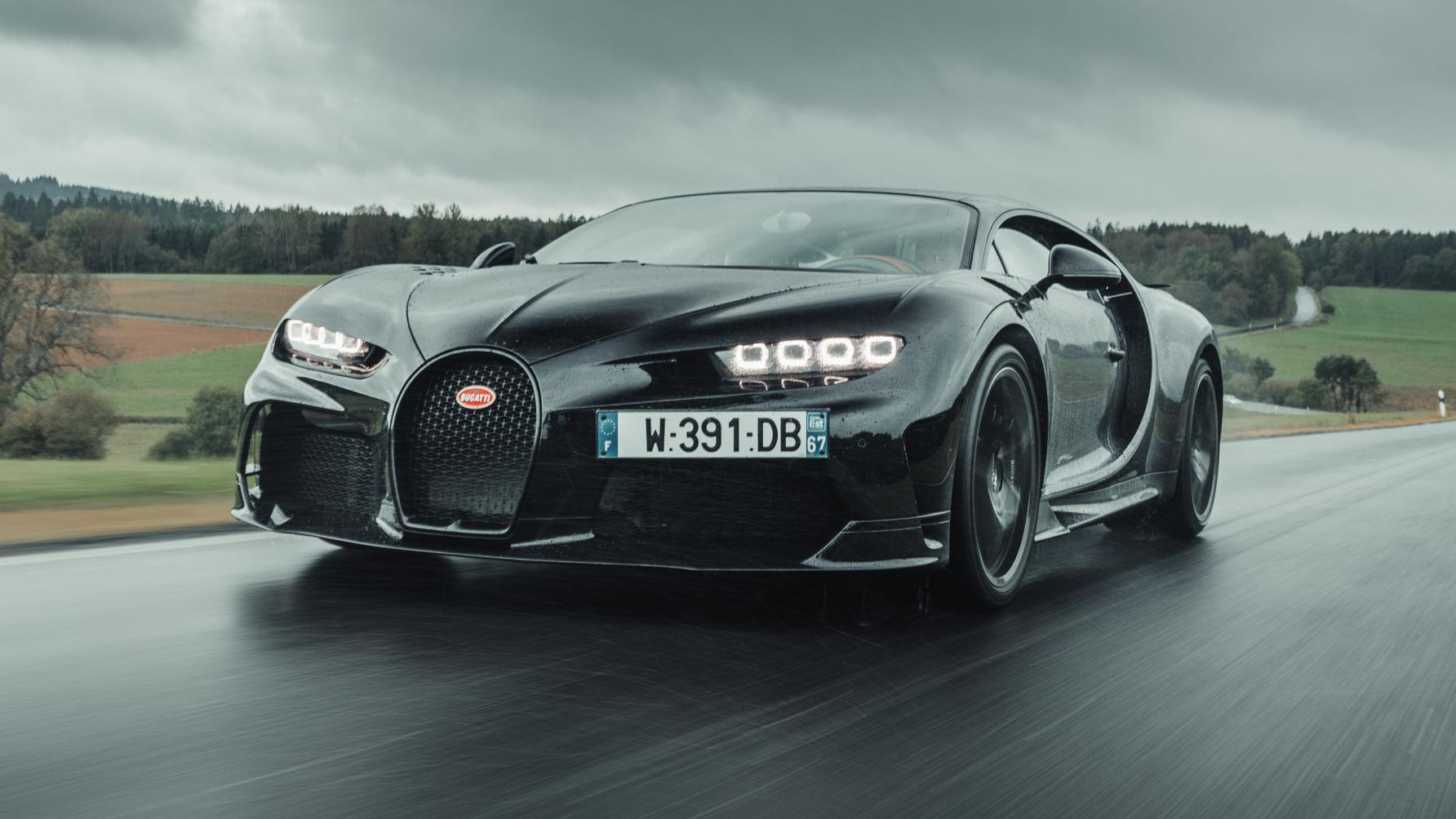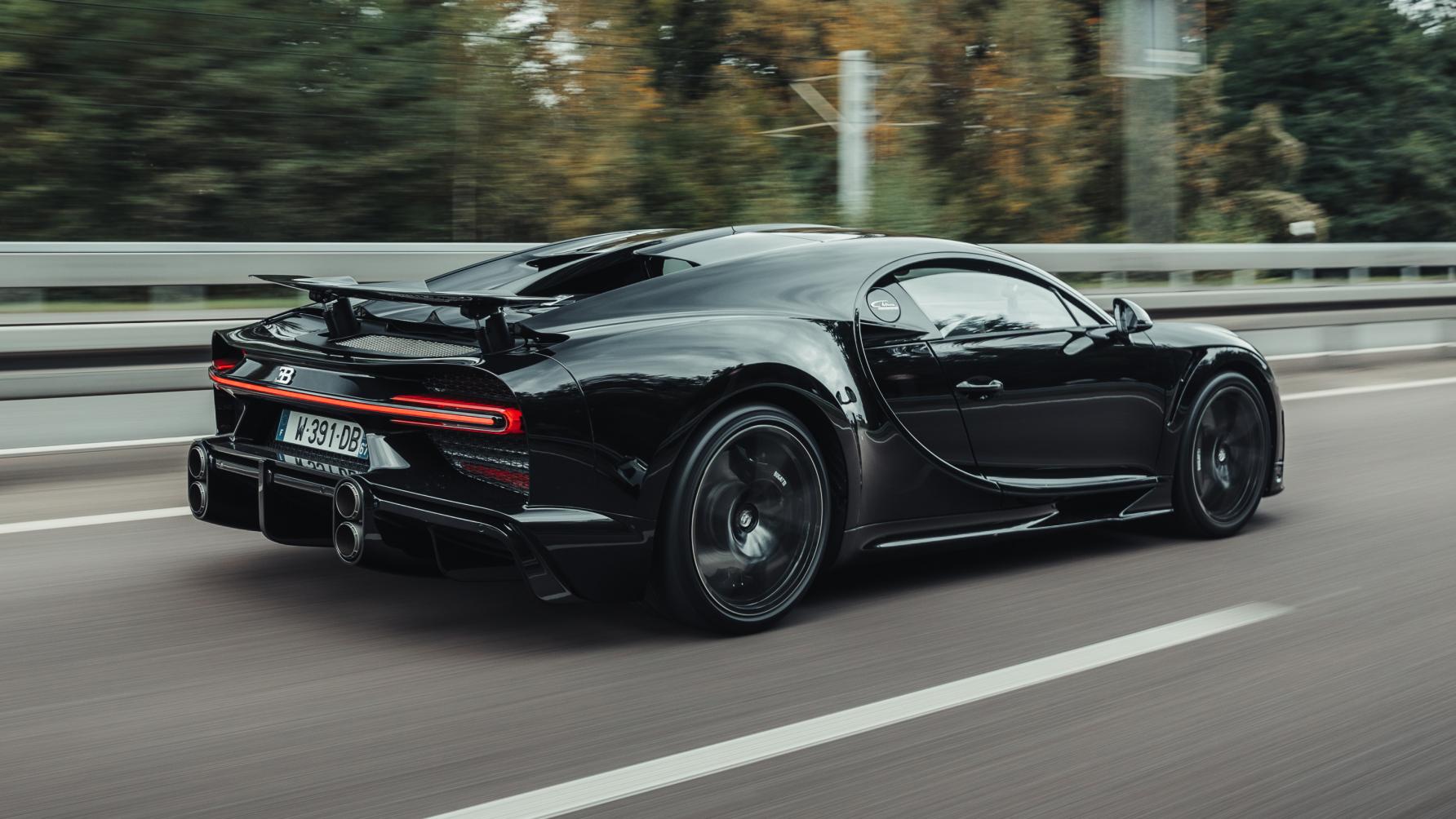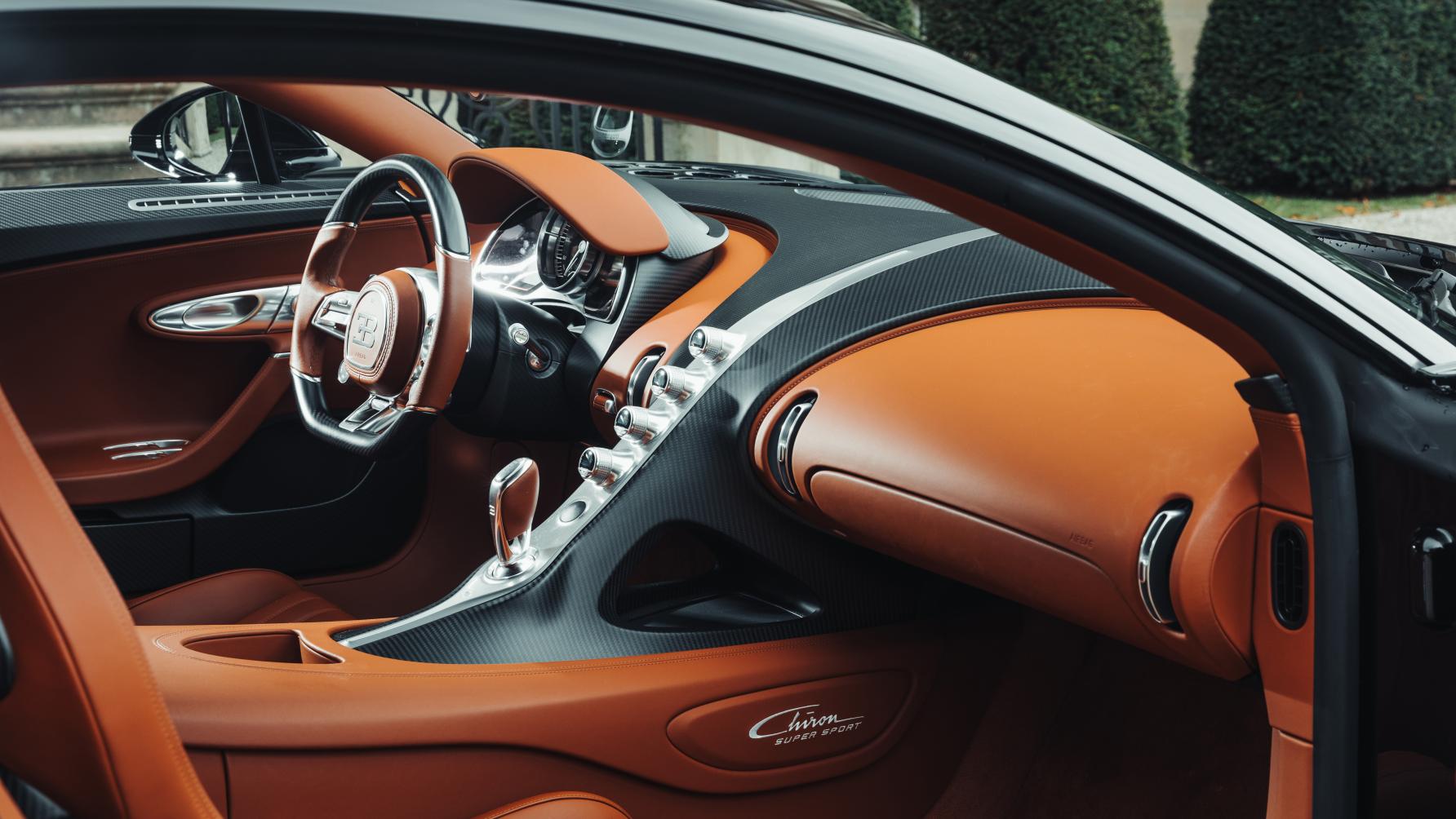
Bugatti Chiron review
Driving
What is it like to drive?
It’s the steering that gets you first – stop and consider for a second just how special your steering must be to outswagger a 1,479bhp engine. But you just never think twice about where to position the car; within minutes you find yourself threading this vastly expensive machine the way you would a £10k used M3. The rack is electric, and some large-foreheaded genius from Molsheim has managed to make seven algorithms communicate with each other to the extent that this might be one of the best electric steering systems on sale. Then again, for the money you’d expect it to be pretty good.
Michelin has ditched the PAX system rubber for a Cup 2 design developed especially for this car. On a twisty road it’s night-and-day superior to anything we experienced in a Veyron. There’s big front grip from the 285mm section on turn-in, and then the 4WD system juggles things around so you can experience the full slingshot. And believe us, the first time you give it full afterburner from a second-gear turn in a Chiron is a moment to remember.
You see this 1,479bhp claim in itself means nothing if it can’t be accessed or effectively deployed. For example, a Veyron Super Sport has 1,183bhp, but once traction and clumsy electronic intervention and gearshifts and fear and other factors have nibbled away at the process the number of times you actually get to use that 1,183bhp are negligible. In the Chiron, the full madness is available most of the time. Even on the Jebel Hafeet road’s dusty cambers, I could just bury it in second and the thing flew. No traction control warnings, no hesitation, just acceleration and instant gearshifts of a type we have never before experienced – not even in some zapped-out tuner GT-R.
We drove up and down the Jebel Hafeet road not believing what the Chiron was capable of. In terms of direction changes, braking performance and cornering ability, it was like a very, very powerful Audi R8. And that’s a huge compliment. As for the big W16 – it sounds more aero than automotive, it’s never musical, more a rumbling presence whose pitch alters as your peripheral vision greys-out under g-loading. There isn’t time to judge the noise, you’re too busy managing the speed. From zip to a tick under 4,000rpm, just two of the turbos spool, and then the other pair arrives with a delicious kick to send you up the road faster than you’d think possible.
Tyres are everything in the world of 200mph-plus motoring. The rubber needs to be fresh, if the treads are too worn, you can’t head beyond 210mph. If the pressures are too low, the same applies. The stats generated at speed in this car are more NASA than automotive.
Aerodynamically, this car is way more advanced than the Veyron. It channels air aggressively down its flanks, keeping it attached to form a stabilising pressure either side of that carbon skin. The rear wing switches for the best blend of slipperiness, downforce and air braking. The Chiron even has a separate pair of downward-facing exhausts to create a blown diffuser.
But it cannot cheat physics, and that means the Chiron has a curious battle to overcome as it hurtles towards 231mph – the acceleration is so brutal that the air flow over the tyres cools them to the extent that they lose pressure. And too little pressure could lead to very bad things. This is why you always run with the car’s tyre-pressure monitoring system on the dashboard – it runs to two decimal places and you watch it like a hawk.
The first two high speed runs had to be aborted because the front right dipped below the recommend 2.8 bar, but on the third attempt the Chiron kept pulling. The thrust from rest to 100mph is insane, it must take around 4.5secs – but the way it bulldozers its way through the next 100mph is spooky, and it just keeps going; much more aggressively than a Veyron Super Sport. It hits 231mph a little over 2km down the runway, nudging into its soft limiter with nary a hint of drama.
More recently, we had the chance to drive the Super Sport on some derestricted Autobahn. And the way this thing primes the turbos, girds its loins then detonates you down the road is a faintly terrifying but magical experience. For with all this force through your back, comes unshakeable stability and a sense of complete control. You can barely look down at the speedo in case one of your fellow road users gets twitchy, but we kept it pinned until a gentle curve ahead started to look like a hairpin and looked down to see we’d hit 211mph, used 1615ps (1593bhp), and hit about 6,950rpm. On a public road. Internal fuse blown. Honestly though, you could do it too. Your grandparents could, given enough space. This car turns superhuman feats into low-hanging fruit.
The new wave of electric hypercars - including the Chiron’s new roommate, the Rimac Nevera – might have it covered off the line, but the Super Sport’s roll-on performance, the way it scoots from 100mph to 200mph, is just different gravy. It feels more exciting too, with mechanical processes you can feel and hear and smell. Here’s praying Mate Rimac finds a home for this engine, or a derivative of it in a future Bugatti model.
Variants We Have Tested








